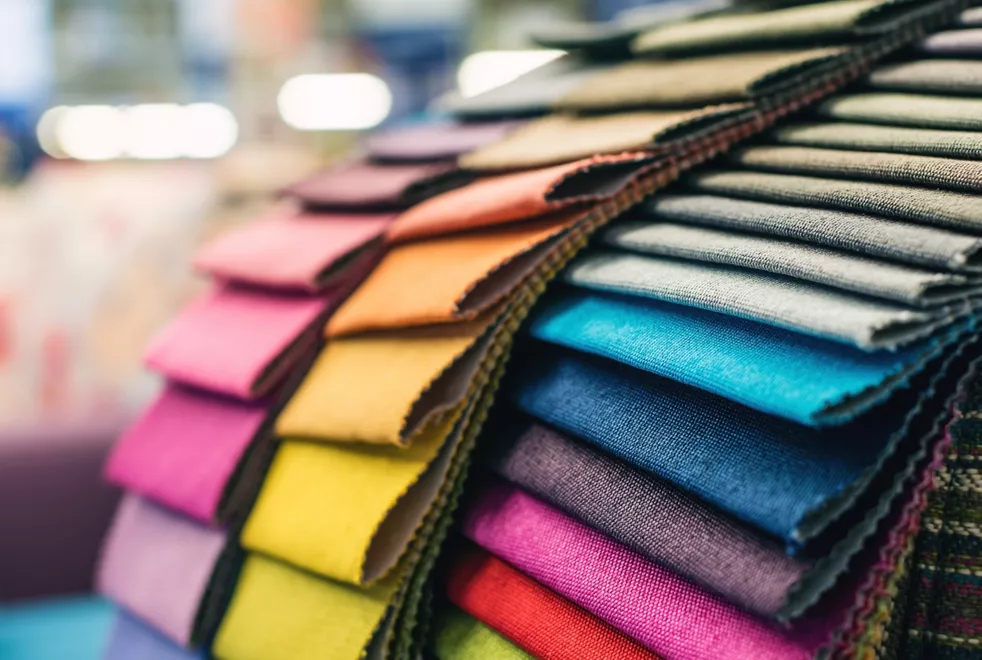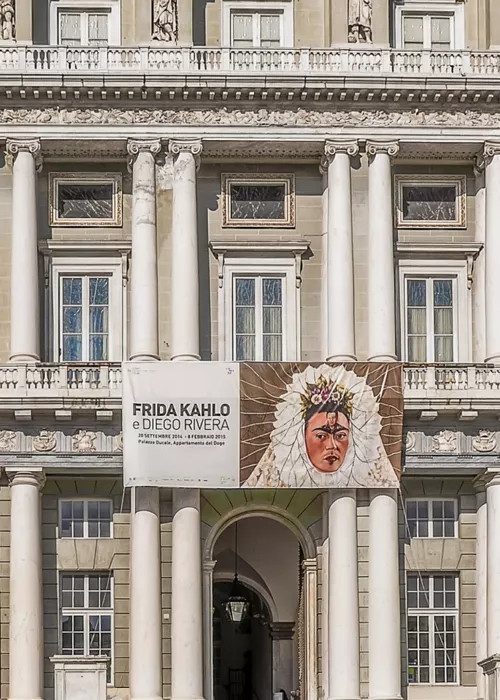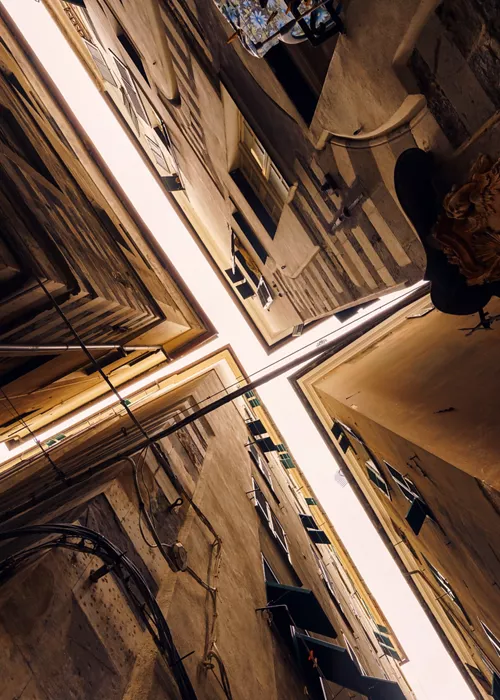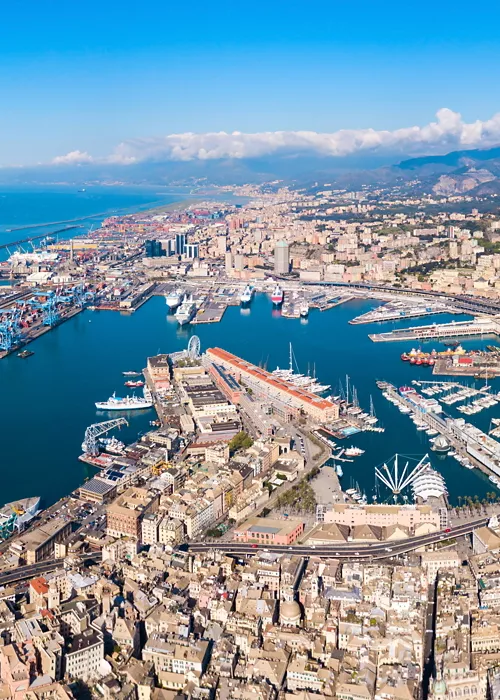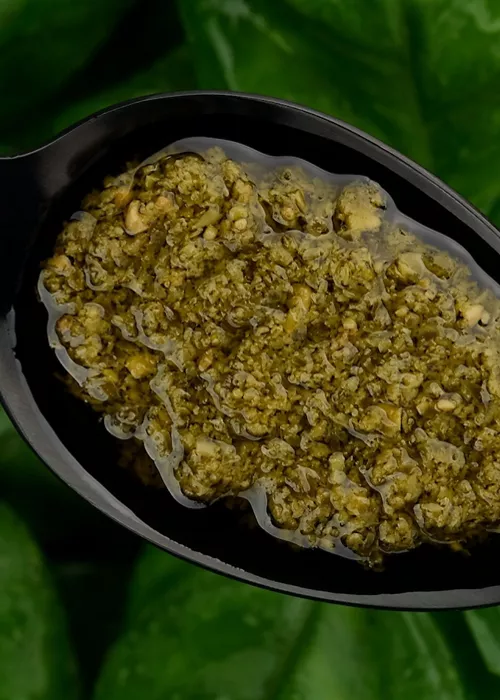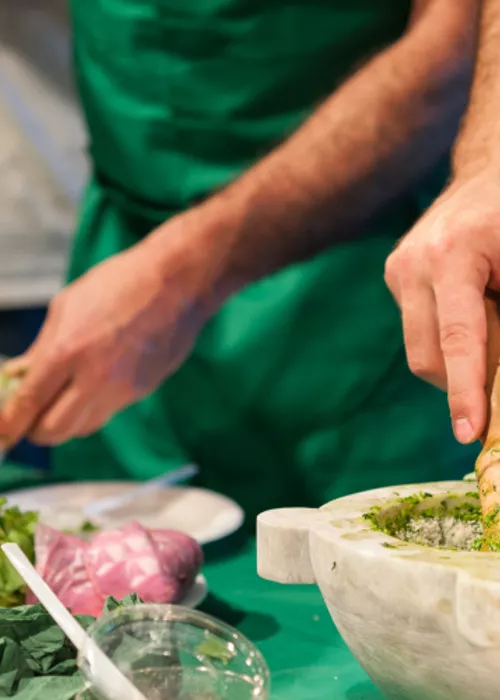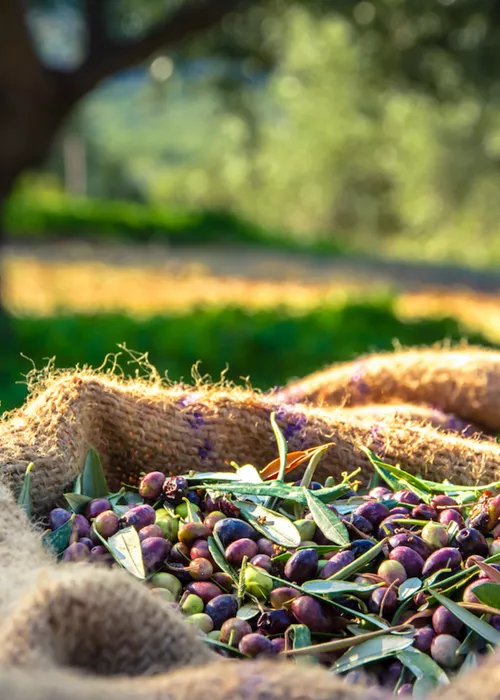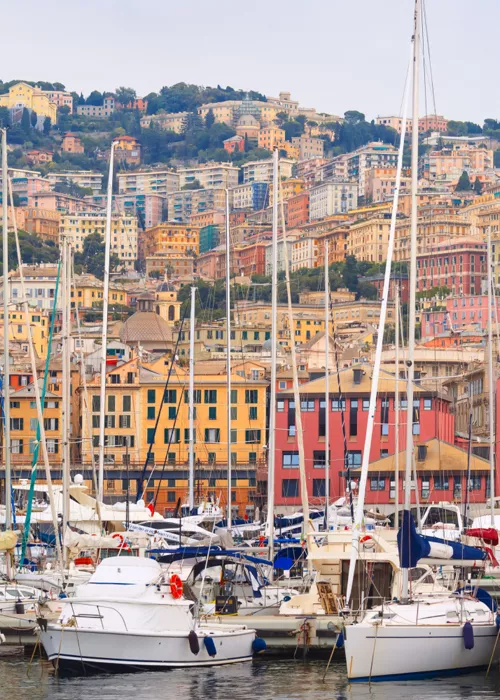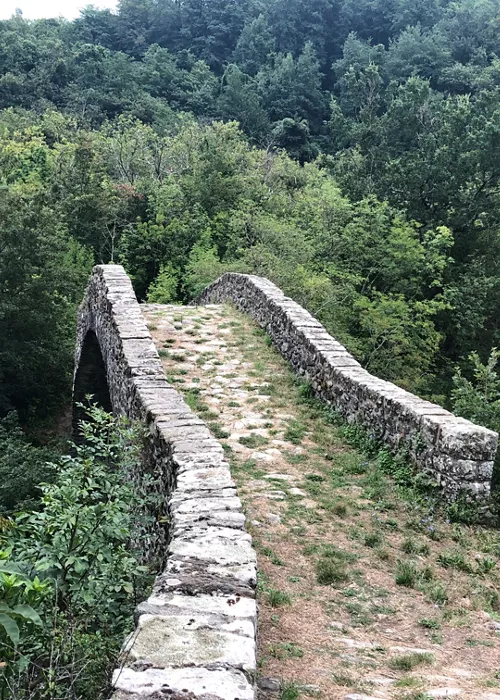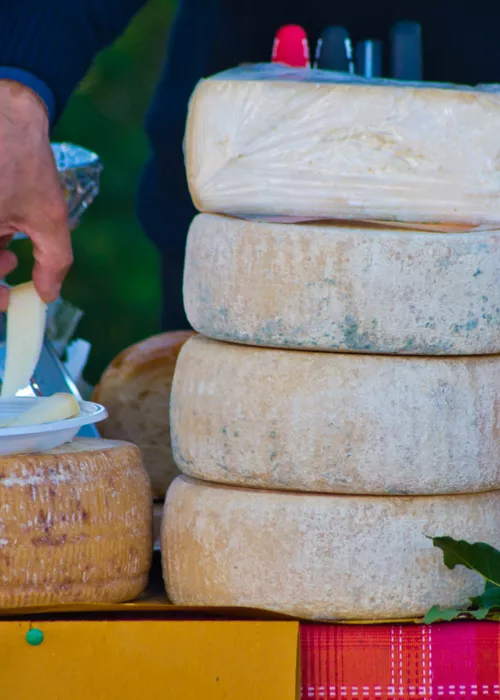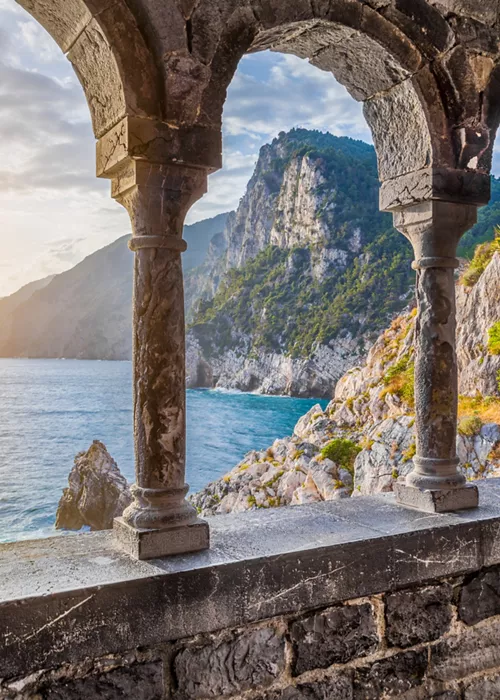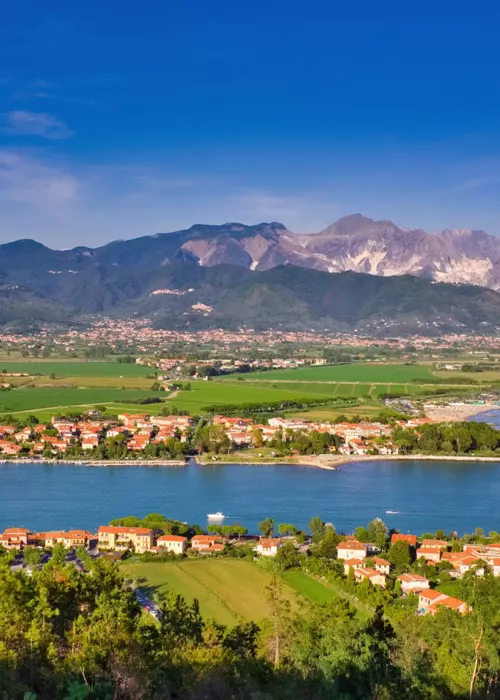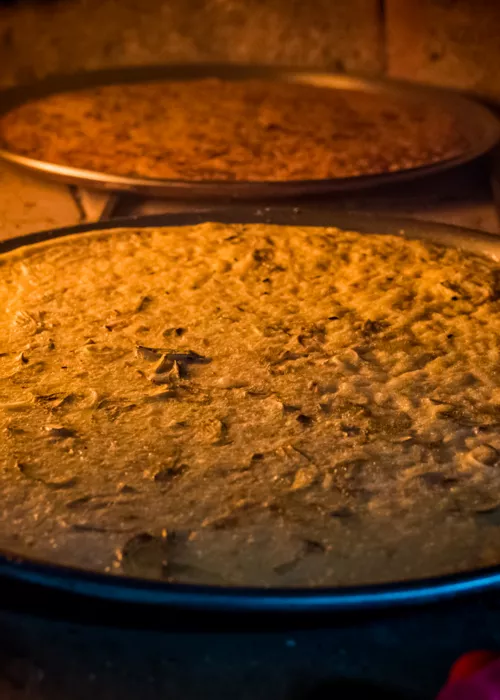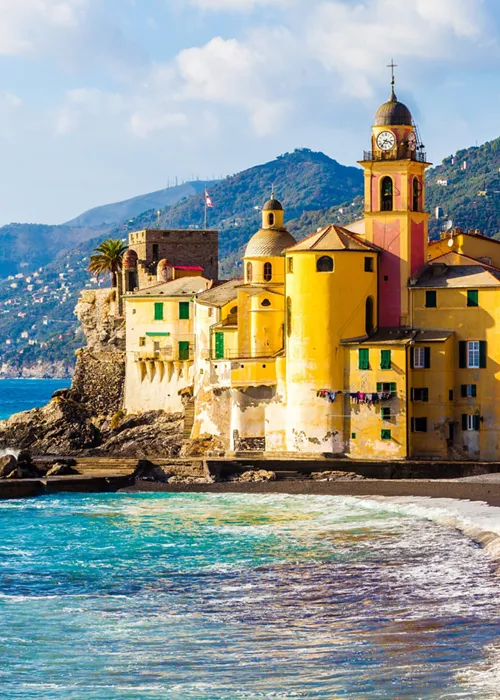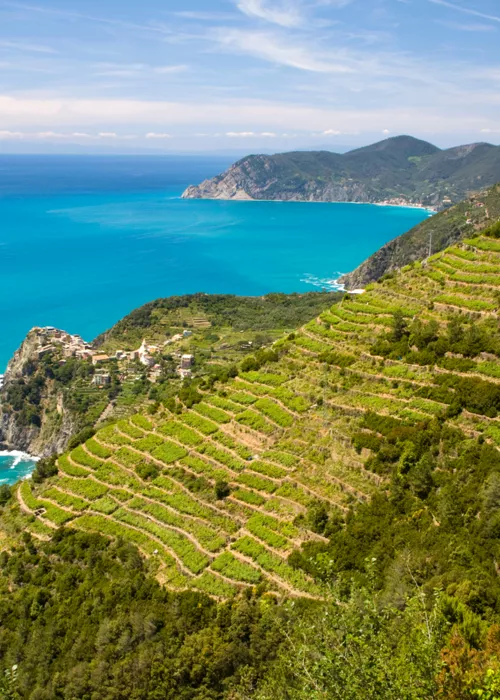Textile workshops of Via di Scurreria
3 minutes
Via di Scurreria, between Piazza San Lorenzo and Piazza Campetto in the heart of historic Genoa, once housed workshops of gilders, silk-makers and shield-makers. From the latter, the so-called name of “contrada scutariae”. Today, some of the oldest textile shops in the city are found here, along with old, authentic old-world haberdasheries.
The Road of Giò Giacomo Imperiale
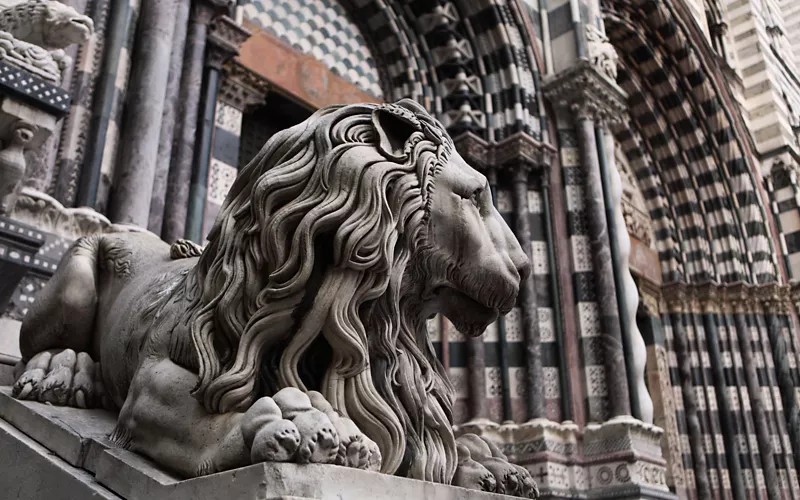
Compared to the alleys around it, Via di Scurreria is wider and more regular, even though it is in the medieval area. Opened in 1584 when Giò Giacomo Imperiale, elected Doge in 1617, wanted to connect his residence in Campetto to the nearby cathedral of San Lorenzo and create a more prestigious access to his palace.
To open up the street, Giò Giacomo paid to have its buildings demolished. He is remembered with a marble plaque there. He bought them on purpose, to demolish them, then donate the street to the city, allowing him to call it by his family name, Imperiale Street. The inhabitants, however, continued to call it Scurreria Street.
Textile workshops of yesterday
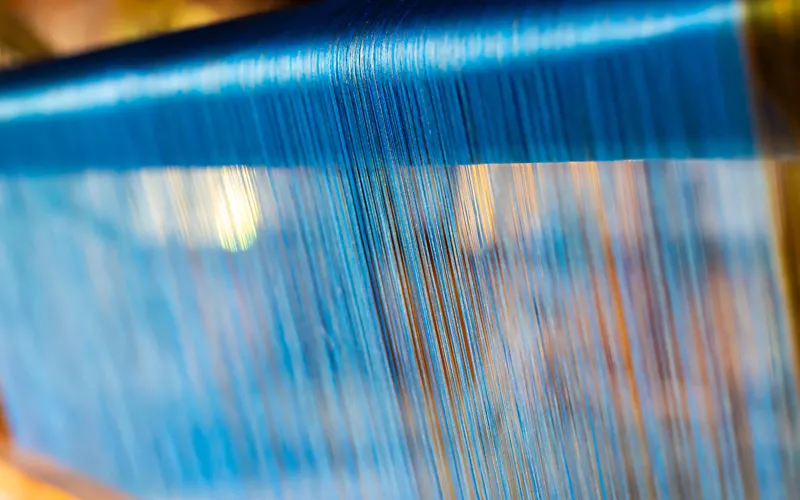
Over time, the shield-makers closed, while the silk merchants prospered. Especially those from Tuscany, considered to be the most expert in processing and trading textiles. A widening along the road was known at the time as the Toscani square.
The workshop of Paolo da Noviwas located here. He was a silk dyer, first popularly elected Doge in 1507, later leading the rebellion against the French. The Doge came to an unfortunate end when France regained power, he ended up locked up in the Torre del Popolo, or Grimaldina, then executed in front of the Doge's Palace.
Today's textile workshops
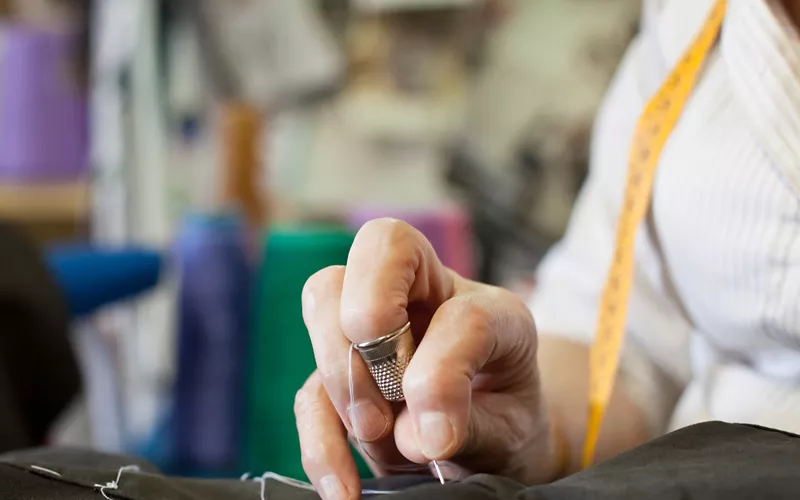
The tradition of silk weavers has been preserved intact over time, albeit with some stumbling blocks. This was the site of a historic textile shop, L'Angolo di Scurreria, after closing its doors, it reopened under a new name, Le Tele. It is just one of the textile workshops still active on this street.
Another is Rivara, opened in 1802 on the corner of Piazza San Lorenzo. The entrance is on the square, the shop windows on Via di Scurreria. It is one of the shops registered in the Register of Historical Shops, bringing together establishments that have been in business for more than 70 years and have preserved their original furnishings, equipment and architecture.
Genoese mezzari, decorated drapes used by the women of Genoa as capes to cover their heads and parts of their bodies according to a custom imported from the East as early as the 16th century, are still sold at Rivara. In the shop, the five-metre-long 19th-century walnut counter, antique bed linen and period embroidery are preserved, with old account books with many illustrious names from 19th-century Genoa among the customers.
Also historic is the old Pescetto workshop founded by Nicolò Pescetto in 1899 to sell silks and other textiles. The old location in Via San Lorenzo was moved here in 1922 by Nicolò's sons, who added shirt-making to their services. Today, it is a clothing shop preserving all the company's historical archives, which it draws on to make classic, timeless garments with a contemporary twist.
In addition to modern clothing, it has a vintage department with garments from the 1960s to the 1980s but still new, all with original price tags. Also preserved, but not for sale, are wool swimsuits from the 1930s and a 1953 jumper created for the first Everest climb. Available for sale, Genua scarves with a print inspired by the city centre as it was depicted in the 16th century. And while you're in a shopping mood, take a look at the historic fitting room under the pretext of trying something on.

